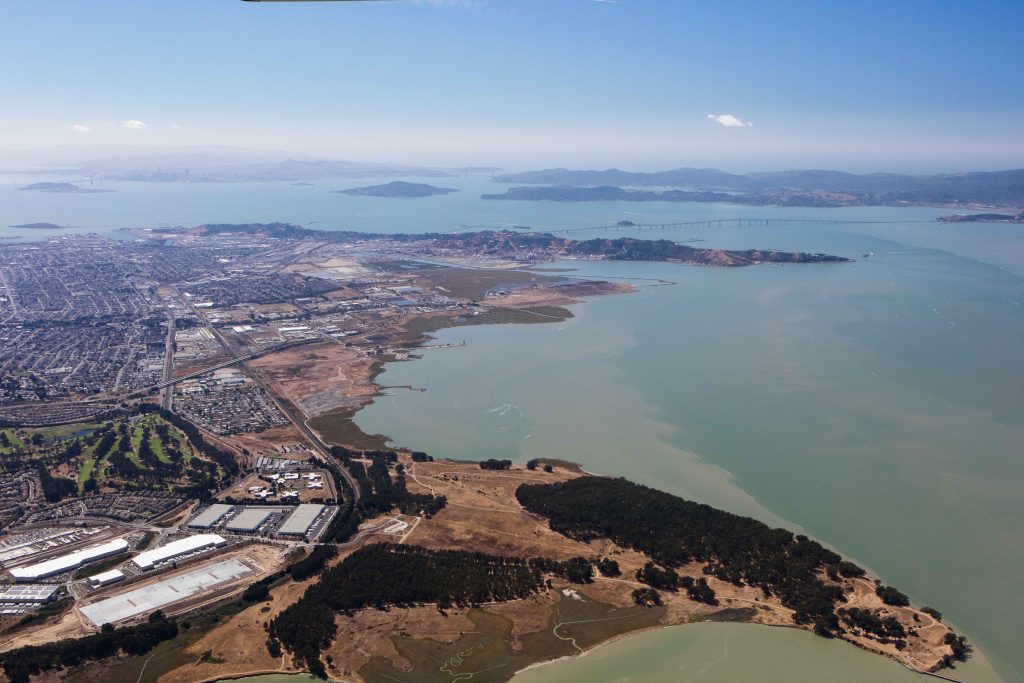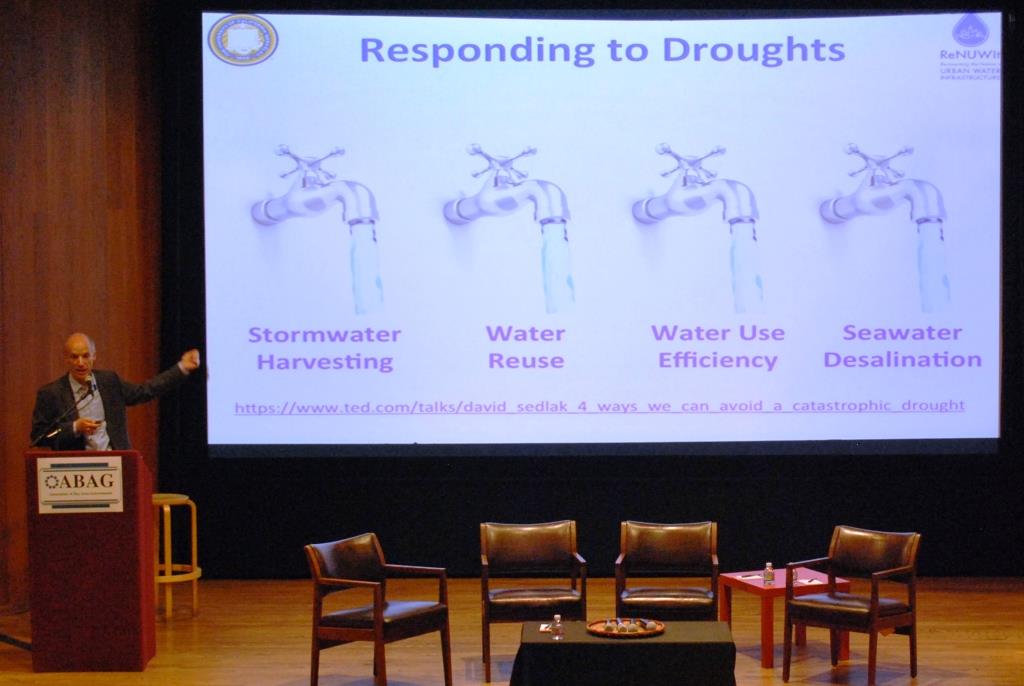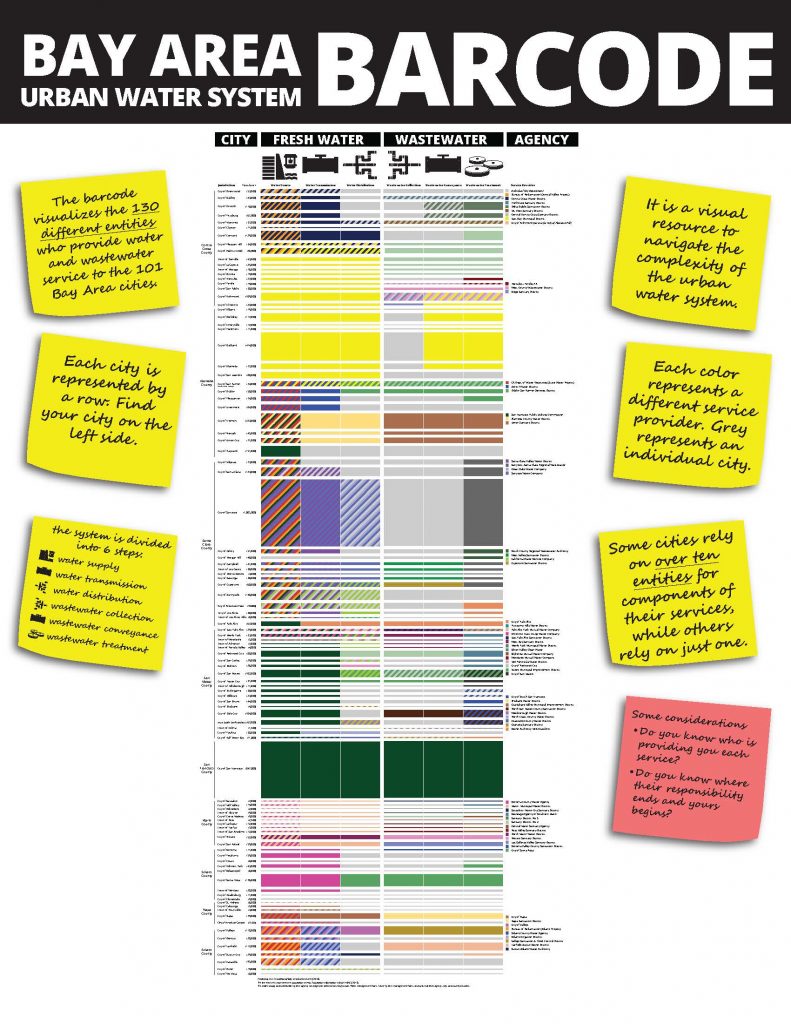
On November 10, the Association of Bay Area Governments (ABAG) convened Bay Area Confluence: A call to action for regional water resilience, to address the region’s 21st century water infrastructure challenges. This regional summit, held at the Oakland Museum of California, focused on both acute and chronic water supply challenges, i.e., earthquakes and long-term drought. The event brought together elected officials, utility managers, regulatory agencies, regional planning entities, and others to discuss successes, opportunities and needs for greater collaboration.
Task 23-1 of the CCMP or Estuary Blueprint calls for a regional water summit to help incorporate related water issues in regional planning efforts and Plan Bay Area:
Action 23, Task 1
Organize a regional water summit to help incorporate related water issues in regional planning efforts and Plan Bay Area, in support of Task 23-2. Coordinate staff of the San Francisco Estuary Partnership and the Association of Bay Area Governments to complete this task.
Bay Area Confluence convened leaders from different sectors to share their perspective on current challenges as well as collaborative ways forward. Three keynotes provided external advice from water, collaboration, and resilience experts. Dr. David Sedlak, UC Berkeley professor and author of Water 4.0, provided a follow-up to his Five Taps Summit presentation to the ABAG General Assembly in 2015, saying, “Business as usual won’t solve our water challenges. It is essential we build partnerships and regional collaboration.” Columnist and renowned speaker Kare Anderson and Linda Langston, Director Strategic Relations, National Association of Counties, also provided keynotes.

Hour-long panels among local government, planning entities, and utilities focused discussion on three topics:
- Bay Area long-term water reliability: tackling challenges in the face of growth and climate change
- Water reliability after a disaster, such as an earthquake
- Next steps in increasing regional water resilience: forming a Regional Lifelines Council
Panelists noted an increase in collaboration across the region in recent years as the result of the drought and the 2014 Napa earthquake, as well as opportunities to create stronger links between water providers and water users. Some of the opportunities mentioned:
- Create stronger links between land use planning and utility districts;
- Reduce regulatory obstacles to upgrading existing facilities, either after a disaster or as part of diversification of water supply sources;
- Provide clear, consistent communication to elected officials and the public with one message on water.

The Bay Area Barcode illustrates the complexity of the Bay Area’s water systems.
For both drought and earthquakes, panelists and presenters talked about the need for diversification of supplies and a distributed system for water similar to recent advances in the energy sector. The energy sector also serves as a model in its mutual assistance programs and agreements, which facilitates quick recovery after a disaster.
This regional summit continues the work of ABAG’s Regional Planning Subcommittee on Infrastructure in strengthening collaboration around critical infrastructure solutions. Next steps will include work toward incorporating long-term water needs and planning into Plan Bay Area in the future, and continuing work toward forming a Regional Lifelines Council focused on disaster planning and response.
A more detailed summary of the conference can be found on the ABAG website.
Written by Darcie Luce